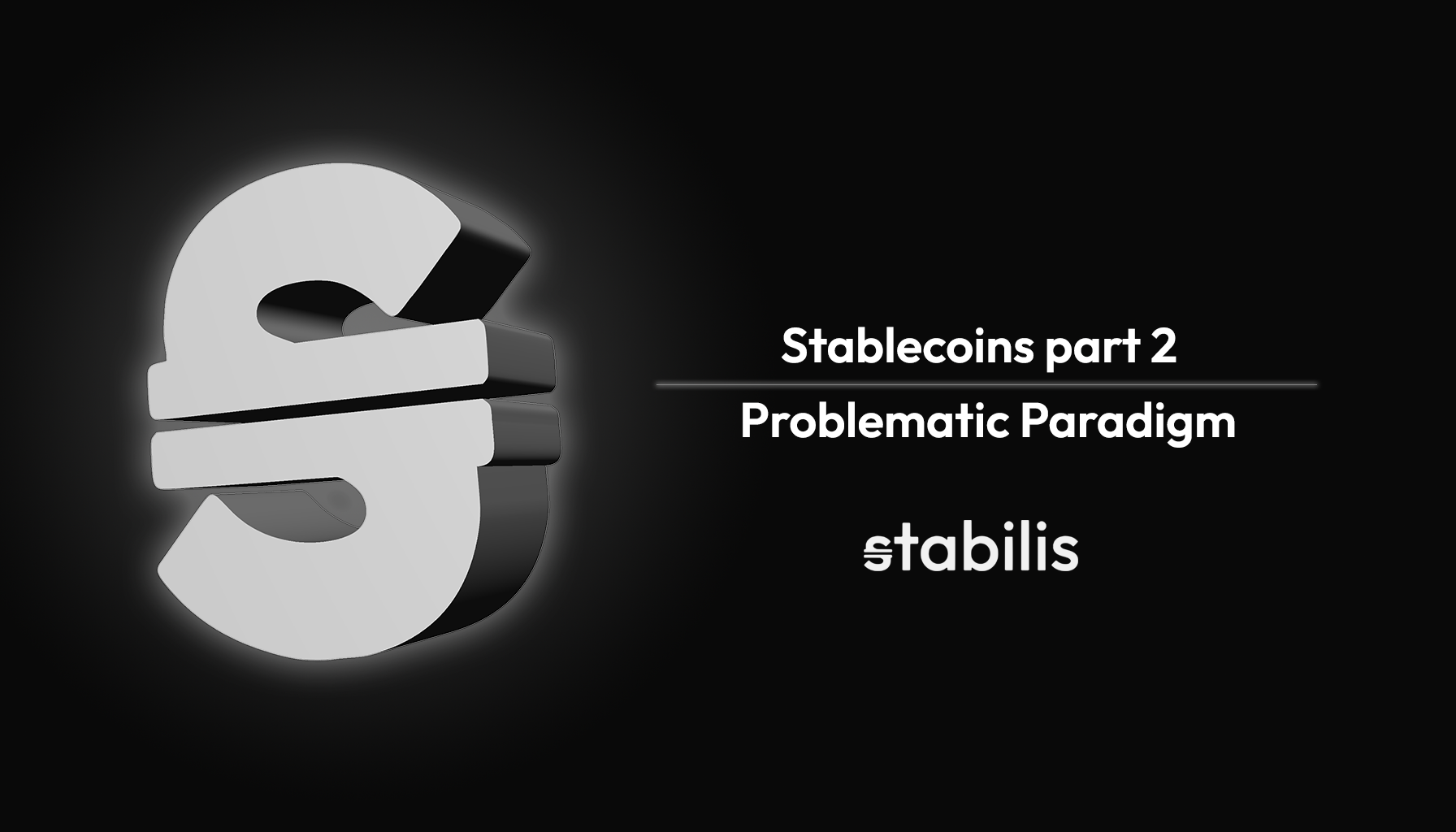In the previous post, we hinted at the inherent conflict between decentralization and maintaining a peg when it comes to stablecoins. Today, let’s dive right into why it is that decentralized stablecoins struggle so much when it comes to keeping peg.
Depegging downwards
Consider a scenario where you strongly believe an asset (let's call it BULL) is going to rise in value. It is possible to borrow stablecoins using BULL as collateral. You could then sell the borrowed stablecoins on the open market and buy more BULL, effectively leveraging your position. If many people do this, and thus create much more supply than demand for the stablecoin, it depegs downwards. After all, is it really worth its intended peg if the opportunity cost of holding it is so large? That’s a problem.
Solution
Smart stablecoin developers have devised a solution though: a redemption system. Through this system, anyone can pay off open stablecoin loans and receive a part of the collateral worth slightly less than the stablecoin's intended price, say 99%. For example, if a stablecoin is trading at $0.98 but should be pegged to $1.00, you could buy it for $0.98, pay off someone's loan, and be rewarded with collateral worth $0.99 per stablecoin, netting $0.01 per stablecoin in the process. Unfortunately, this intervention leads to less efficient markets; less stablecoin is traded in total than could be the case. Can’t win them all though, and at least we’ve managed to maintain a hard lower peg of $0.99.
Depegging upwards
We're almost forgetting something though: stablecoins can also trade above their peg! Borrowing stablecoins and selling them to the open market is undesirable if the collateral is expected to decrease in value. This often happens in crypto bear markets and is why DAI and LUSD have traded above their peg. Coincidentally, demand for stable assets is also high during bearish times, further amplifying this problem. And, although a stablecoin trading above its peg might seem advantageous, it discourages borrowing because the value of the debt becomes unpredictable and could grow. Not good.
Solution
So, what is the solution this time? That’s the issue, there isn’t really a satisfactory one. We could implement some kind of reverse redemption system, forcibly altering borrowers’ positions, making them borrow more stablecoin in return for additional collateral worth 101% of the newly borrowed stablecoin. Problem is that this brings loans closer to liquidation, and no one in their right mind would then still want to borrow stablecoins.
Attentive readers might be screaming at their screens right now: “MCR!” And yes, a viable solution involves making use of the MCR (minimum collateralization ratio). For example, with an MCR of 110% and a peg of $1, one could borrow a stablecoin using $1.10 worth of collateral. If the stablecoin trades at $1.11, it can be sold immediately for a profit of $0.01. Still, through this mechanism a low MCR is essential for a hard upper peg and going lower than 110% is irresponsible. And quite honestly, is this even low enough? To make matters worse, a low MCR is even more challenging when using volatile collaterals (such as XRD).
Having said that, if it were possible to allow for a very low MCR, creating a hard upper peg is child’s play. DAI, for instance, addressed its above-peg trading issue by allowing the use of USDC as collateral with an MCR of 101%, creating a hard upper peg of $1.01. However, this introduces a dependence on a centralized entity, clashing with our ideals of decentralization. Out of the question.
So, what now?
Are we doomed? Not necessarily. Find out how Stabilis aims to solve this issue in our next (and last) blog post!
Want to stay up to date? Join our Telegram or follow us on Twitter.







